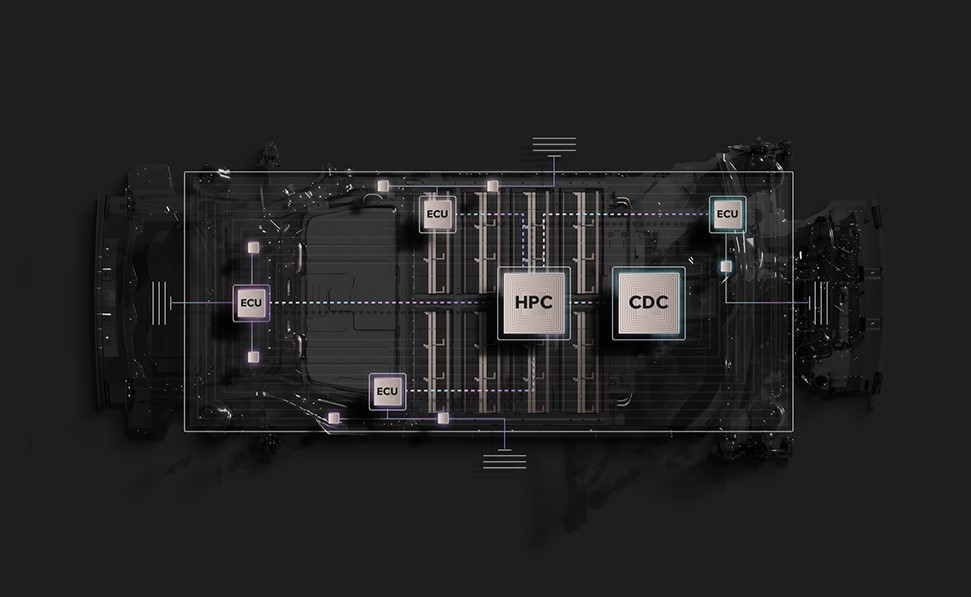SDV OPENS
A NEW TECHNOLOGICAL ERA
FOR THE AUTOMOTIVE INDUSTRY

The SDV (Software Defined Vehicle) refers to the ability to evolve a car throughout its lifecycle, thanks to a centralized architecture, by updating it and installing new applications to expand its “over the air” functionalities. This represents one of the most significant transformations in the automotive industry.
With this in mind, Ampere is positioning itself as a key player in expertise and innovation around the software-defined vehicle. Our teams are preparing for this next technological revolution in order to offer ever more efficient, safer, and more personalized vehicles within Renault Group. Specifically, how does the SDV architecture work? With which key partners are we accelerating its development? What are the opportunities in terms of user experience? Let’s decode it.
“The Software Defined Vehicle, called SDV, represents the future of the automotive industry.”
Luca de Meo – CEO Renault Group
SDV: a revolution in vehicle development
The SDV (Software Defined Vehicle) allows vehicles to evolve continuously throughout their lifecycle: updating navigation and connectivity systems, integrating new features in real-time, strengthening security and durability, while optimizing the driving experience. As cars are no longer static objects but increasingly connected intelligent vehicles, software will play an increasingly important role in both their design and evolution.
Over the Air: real-time updates and continuous evolution
Remote updates, already enabled by technologies like Firmware Over The Air (FOTA), are among the first steps in this transition towards the Software Defined Vehicle (SDV). Systems like OpenR Link on Mégane E-Tech Electric and Scenic E-Tech Electric demonstrate this. These updates, whether they concern navigation, multimedia services, or battery management, help strengthen the safety and reliability of the vehicle, while making it simpler and faster to improve the embedded system and apply fixes.
In a longer-term perspective, the SDV (Software Defined Vehicle) relies on an evolving architecture that will allow the integration of new functions throughout the vehicle’s lifecycle directly from the cloud. This secure real-time connectivity opens up an almost infinite field of innovation, ranging from predictive maintenance to the personalization of the ambiance in the cabin, including battery charging management. The role of software in personalizing the driving experience then becomes central.
In concrete terms, the first SDV platform developed by Ampere engineers will be embedded in Estafette, Goélette, and Trafic E-Tech Electric – light commercial vehicles – in 2026. An european Première!
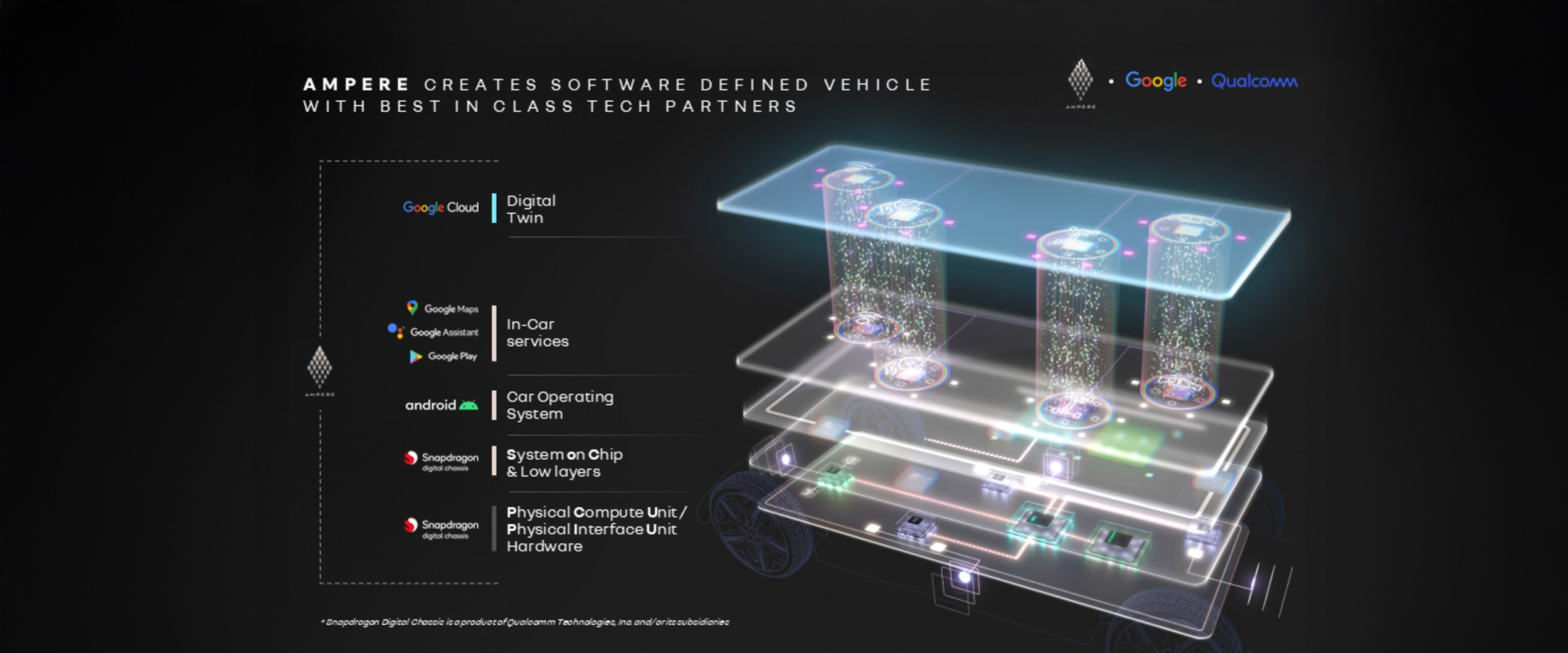
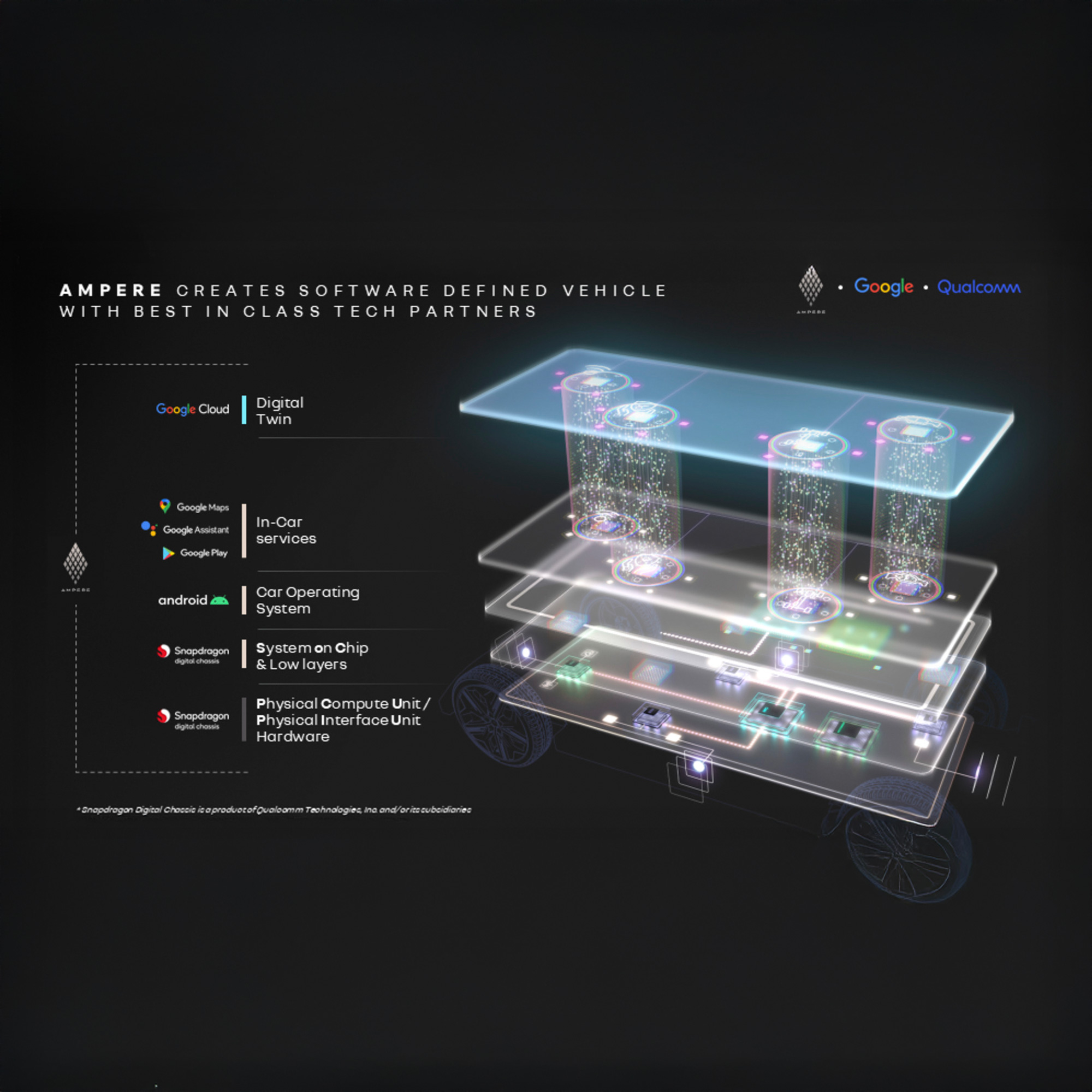
The functioning and challenges of the Software Defined Vehicle explained by Antoine Vuillaume, SDV Program Director at Ampere
How does the SDV work?
A centralized architecture relying on two ultra-powerful computers
The architecture of traditional vehicles relies on a large number of embedded electronic control units (ECUs), each responsible for a specific function. Today, a connected car can have up to 80 ECUs, representing 100 million lines of code, which is a considerable volume, creating complexity and limitations in terms of power and flexibility.
The SDV (Software Defined Vehicle) breaks with this logic by centralizing data processing through two supercomputers, which are more robust, more flexible, and highly performant: the Power Computing Unit (PCU) and the Cockpit Domain Controller (CDC). This evolution not only allows for the processing of large amounts of data from all the vehicle’s sensors – especially ADAS – but also supports the continuous addition of new functions without impacting system performance. To integrate these ECUs, Ampere is partnering with Qualcomm and its Snapdragon Digital Chassis solution.
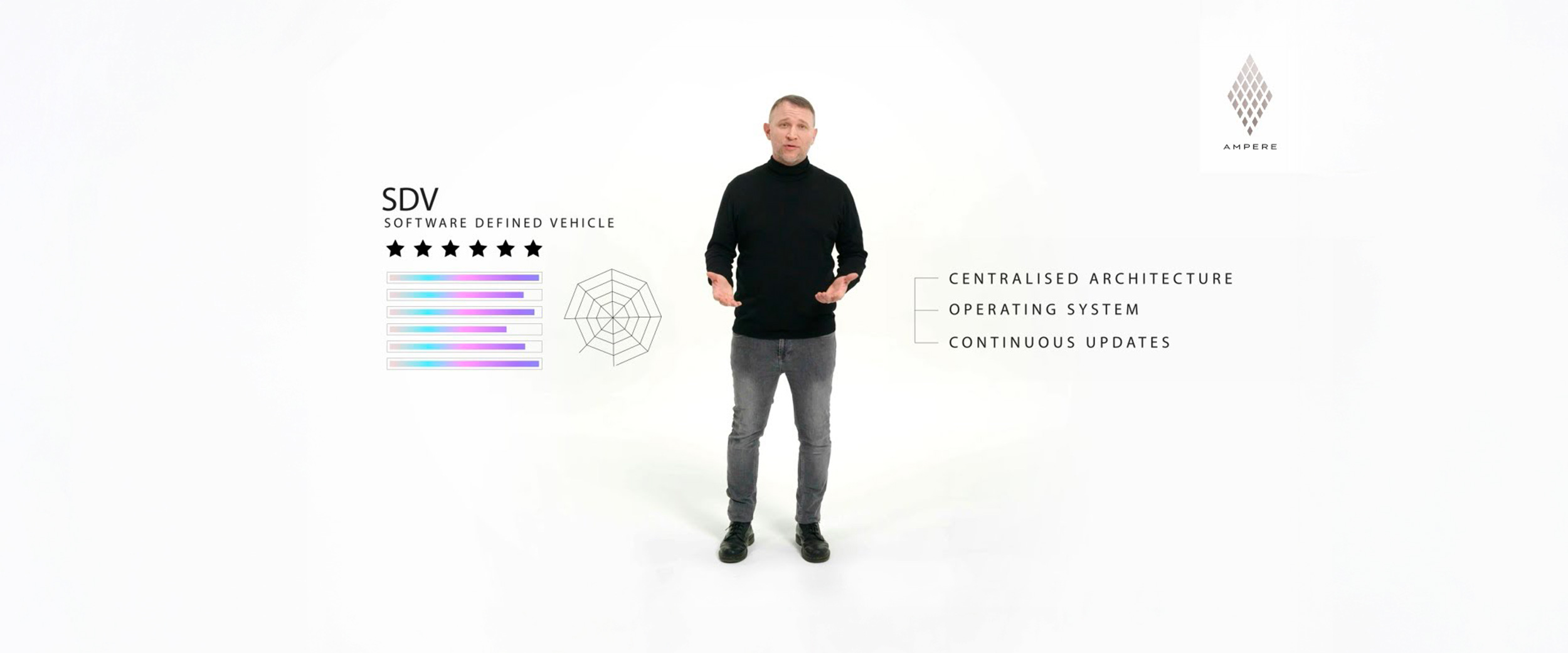
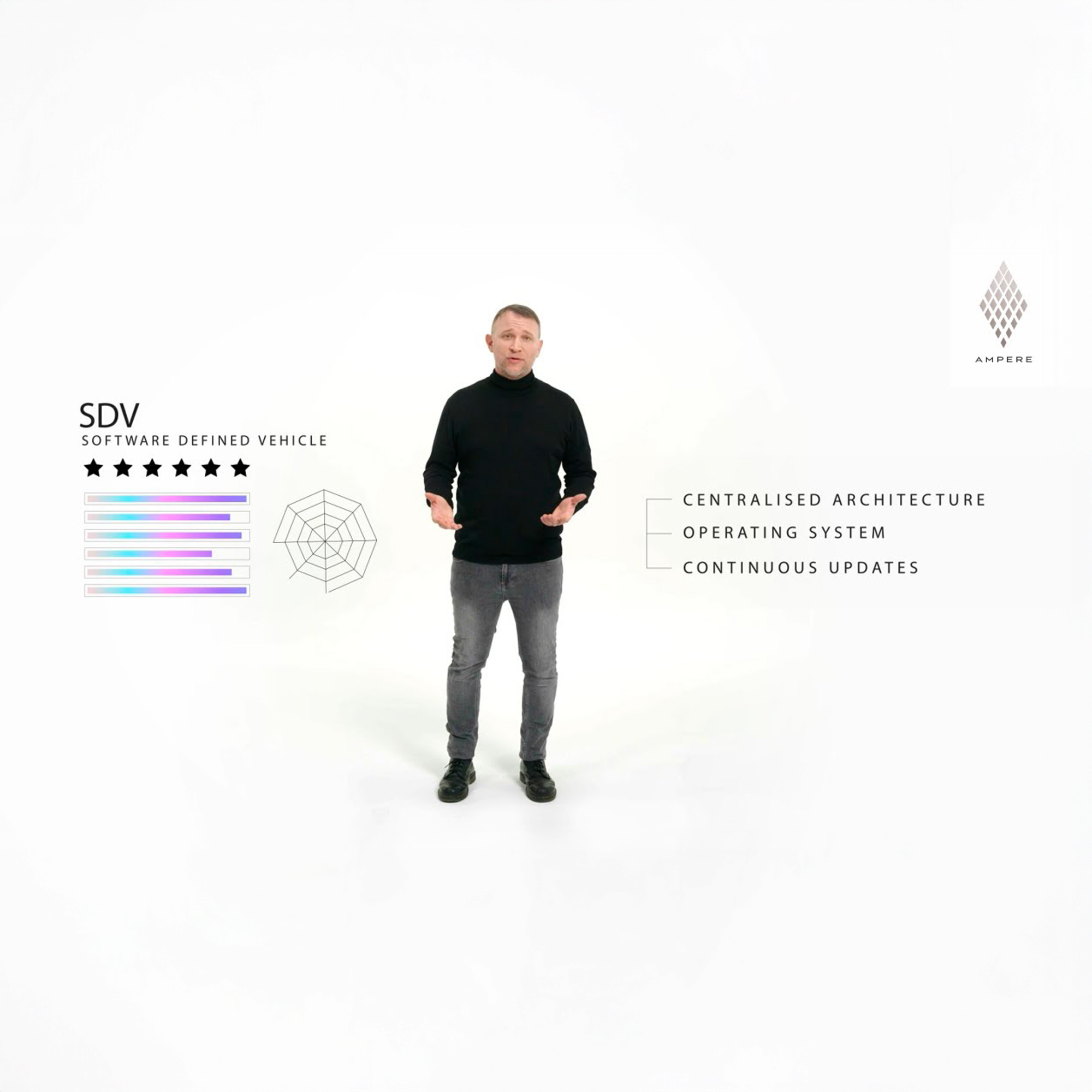
With the Software Defined Vehicle, the electrical and electronic architecture of cars will be centralized, facilitating the integration of new functions throughout their lifecycle.
Car OS: A dedicated Operating System
To integrate new functionalities, particularly ADAS Advanced Driver-Assistance Systems, and ensure a smooth vehicle update, the SDV relies on a dedicated operating system, the Car Operating System Car OS. More complex than that of a smartphone, this will allow the addition of applications and services via a dedicated store, optimized for the interface and specificities of vehicles. To co-develop this Car OS, Ampere is collaborating closely with Google, a key partner in this field who will thus allow the creation of an open and scalable platform.
Data Security : A prerequisite
The collection of data related to vehicle usage is one of the foundations of the SDV (Software Defined Vehicle). The data collected allows for a precise analysis of the connected vehicle’s behavior and its user, thus facilitating the personalization of services while optimizing performance. The management of users’ personal data is taken into account, as well as all necessary cybersecurity aspects.
The key benefits of SDV
New functions accessible in real-time
The SDV (Software Defined Vehicle) paves the way for continuous evolution of vehicles throughout their lifecycle, enriching features in real-time. In addition to advanced personalization of services based on driving habits, this approach allows for the deployment of software solutions and updates more quickly, meeting the needs of each driver. The proposed solutions can be adapted to specific uses, ensuring an optimized user experience.
Some Examples:
- Predictive maintenance of tires or windshield wipers: Sensors, with the support of artificial intelligence, track wear in real-time and transmit the data to after-sales services to anticipate maintenance. Algorithms cross-reference location, weather and wear to generate personalized alerts. Time savings and enhanced safety for the user.
- Optimization of last-mile delivery for professionals: The SDV will allow you to configure the automatic opening and closing of doors as well as the lighting of the area where the package is located. Everything becomes configurable: deliveries are better organized, faster, and therefore more numerous.
- Hyper-personalization: From the weather to traffic signs, to the type of roads, the entire environment is analyzed and adapts to the behavior and preferences of the driver.

Previously, it took us months, even years, to implement the slightest change. Now, pushing an update to a vehicle can be done in a matter of weeks. You have to imagine the scale of the changes brought about by Software Defined Vehicles, whether in terms of the value chain, the deployment of functionalities, proximity to the customer, and with the vehicle – a true living object, connected in real-time.
Predictive maintenance and enhanced Onboard safety
One of the great advantages of the SDV (Software Defined Vehicle) lies in its ability to enhance vehicle safety. The integration of an infrastructure capable of collecting, analyzing, and processing data in real-time, particularly through artificial intelligence algorithms, makes it possible to detect breakdowns, identify the wear of certain parts in order to anticipate repairs, or directly correct failures before they become major problems. This approach, coupled with predictive maintenance, ensures increased safety for drivers and proactive risk management.
Improving the residual value of the vehicle
The constant updating of functionalities through remote updates also makes it possible to maintain, or even increase, the residual value of the vehicle over time. Unlike traditional vehicles, which quickly lose value as they age, this new generation of Software Defined Vehicles benefits from continuous functional evolution, thus ensuring a more stable market value. This dynamic, made possible by software, transforms the economic approach to the vehicle in the long term.
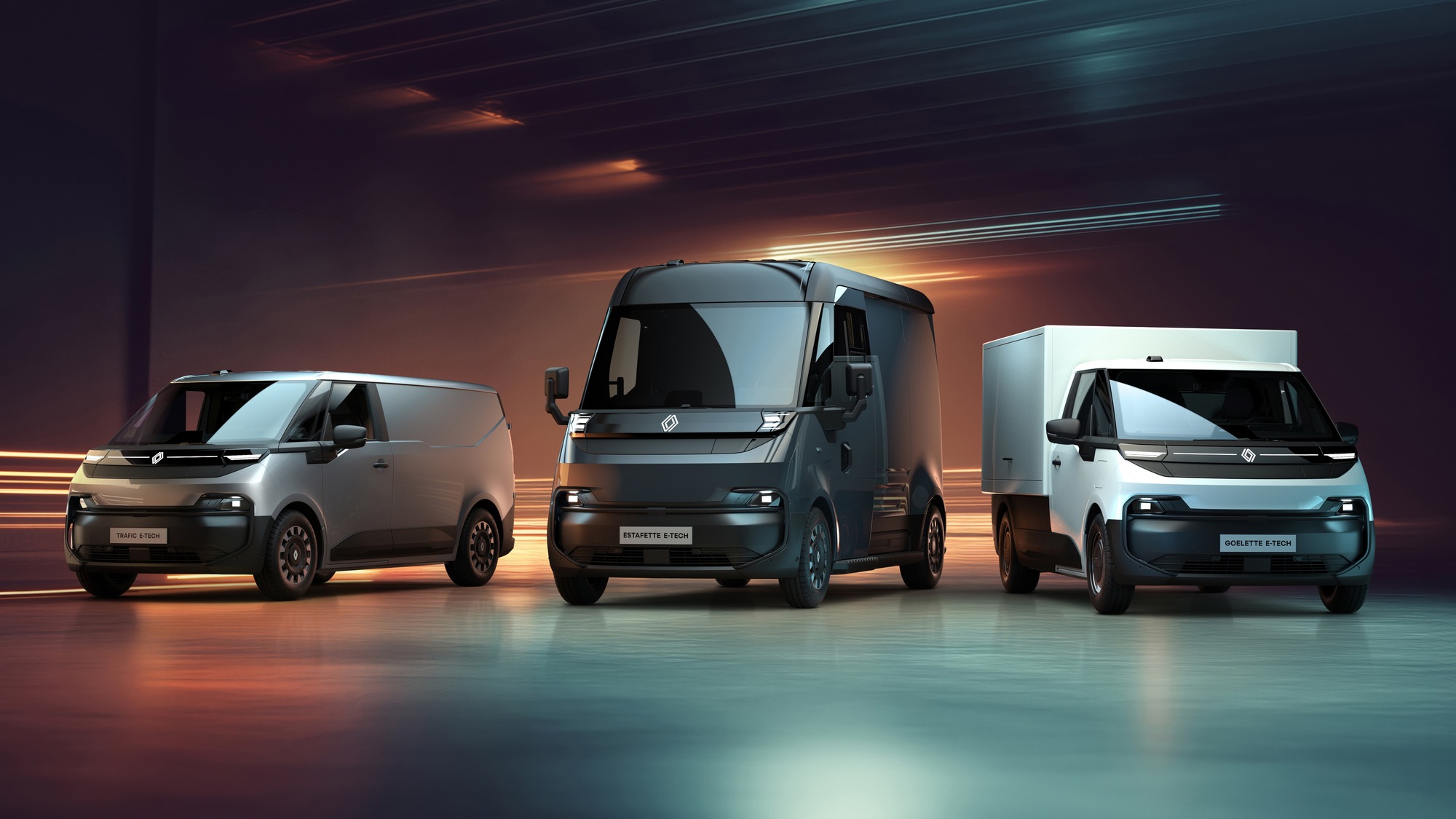
The Software Defined Vehicle is not just a vision, it’s a reality, and the next vehicles resulting from this technological revolution will be Estafette, Goélette, and Trafic in 2026. To be continued…
CONTINUE
EXPLORING

